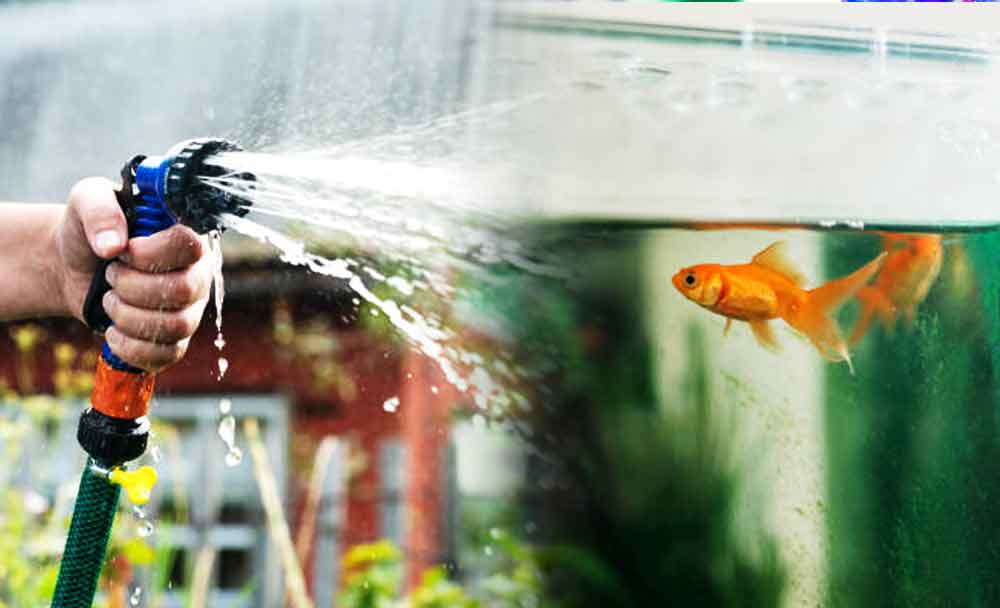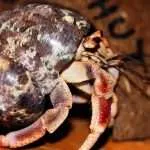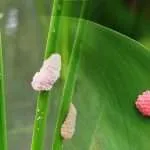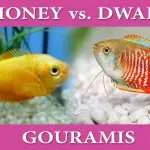Many who keep aquatic pets wonder what type of water to fill their fish aquarium, or if they can fill it with water from a Garden Hose.
Maybe you are already thinking about filling your fish aquarium with tap water due to its availability and easy accessibility, however, you want to know if it is safe.
Can I use a Garden Hose to fill my Aquarium?
To give you a straight answer; the answer to your question is NO.
Tap water contains Chlorine, Phosphate, and other water treatment chemicals that are harmful to fish and other aquatic pets.
Unless the tap water is filtered, you should not be filling the fish aquarium through a garden hose.
The rest of this blog post will explain the dangers of housing your pets in a tank filled with tap water and how to maintain your hose.
You will also learn to filter tap water to make it clean and safe for your fish. Keep reading.
Can I use the water from the garden hose to fill my Fish Aquarium? No. because tap water contains Chlorine and Chloramine.
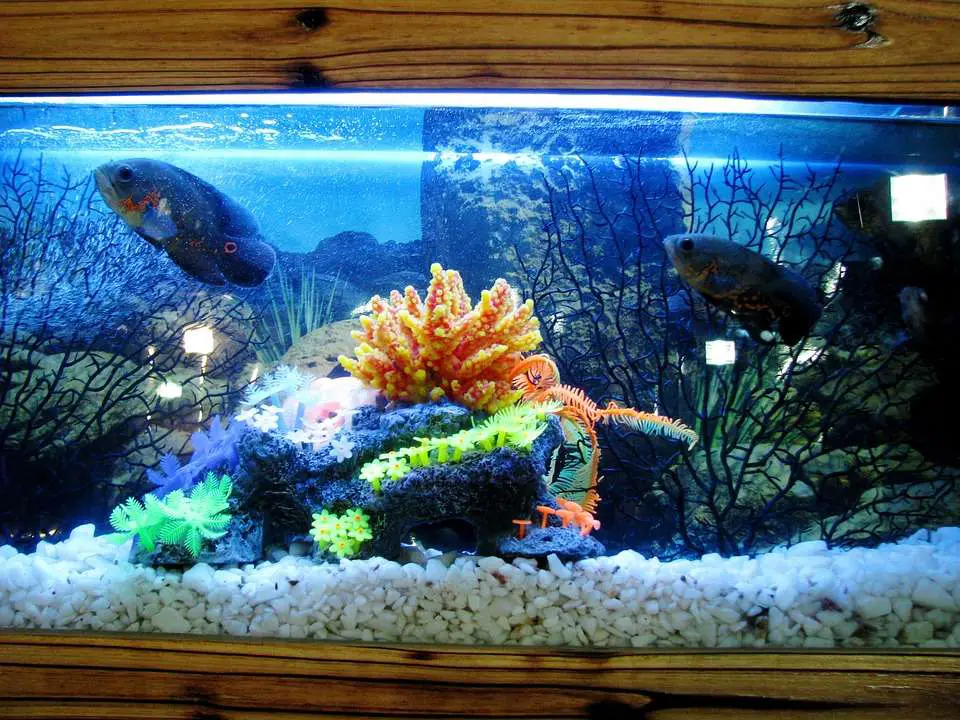
These are substances used to treat and disinfect tap water to make it safe for human drinking.
While these substances make the water safe for human consumption, it is the opposite for fish.
Chlorine and Chloramine kill some of the bacteria that the fish needs and reduce the oxygen in the fish’s blood.
Other substances found in tap water are Nitrates and Phosphate, which accelerate algae growth.
It also contains Ammonia, which is dangerous to aquatic life.
Testing your water
The tap water contents are different from one region to the other, so you need to test your tap water to know what substances it contains.
Whenever your fish consistently come to the surface to gasp for breath, there is a possibility of something wrong.
How to make tap water healthy for your fishes
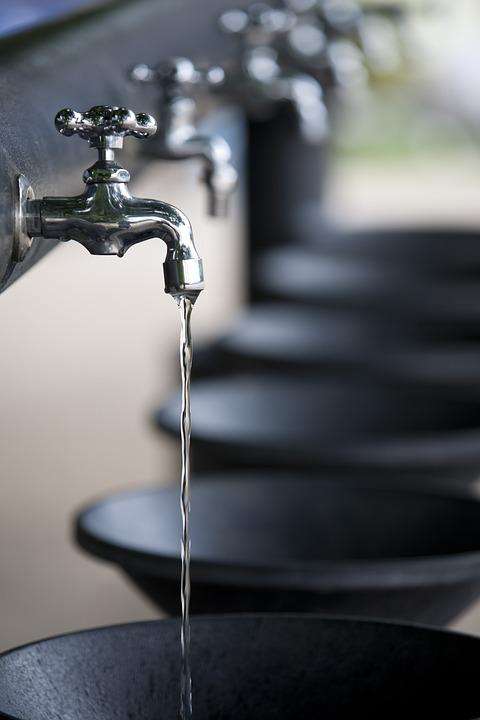
Prolonged exposure to chemicals in tap water can be fatal for your fish, so you have to filter the water to ensure the survival of your fish.
The first thing you should do is to dechlorinate the water and reduce its hardness.
Dechlorination is the process of removing Chlorine from water and making it safe for use in the aquarium.
While species like Cichlids, Scats, Paradise Fish, and similar fishes can adapt and survive in hard water, freshwater species like the Kuhli Loach and the Otocinclus may not survive.
How to Dechlorinate tap water
There are ways to improve tap water for your aquatic pets.
I will mention a few of them:
Let the water sit:
Don’t immediately pour tap water into your tank or put the fish in it.
Let it sit for at least one day. If your tank is big, use a wider container.
Chlorine evaporates slowly in water and can take up to a day, depending on the size of the water.
When this happens, the water reaches room temperature, creates a balanced environment, and becomes less toxic for the fish.
Boiling the water:
If you don’t want to wait or let it sit, you should boil the water for about 15 minutes to remove the chlorine and other harmful substances or bacteria.
Using Ultraviolet Light:
Ultraviolet Light produces reactions in tap water that diffuse the chlorine and destroy Nitrate and even Ammonia.
Unfortunately, this method does not reduce the hardness of the water.
If you think all these options are not for you, you want to use other water sources that won’t be as toxic to fish.
Below are your alternatives.
Well Water
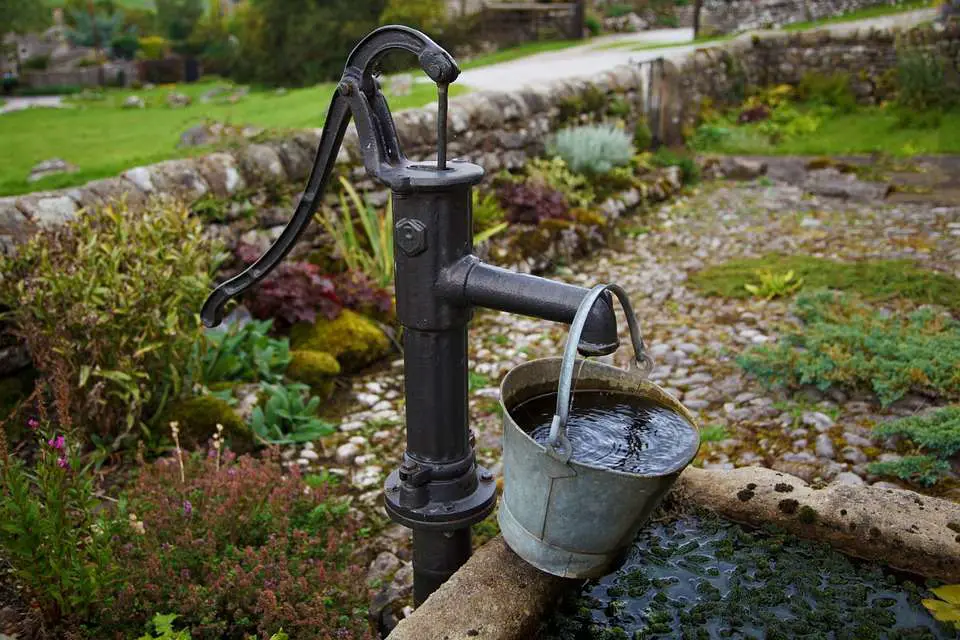
While the water from the well does not contain chlorine, it can present other problems.
Depending on your environment and location, well water may contain traces of nitrates.
Moreover, if an industrial plant is nearby, it can also have a high concentration of pollutants and other compounds.
It also tends to contain little oxygen, so you have to test.
Bottled Water
Bottled water is filtered to remove many harmful compounds inherent in tap water.
That doesn’t mean it is perfect because some bottled water still contains chlorine, so you need to test it before using it in your fish tank.
One of the drawbacks of bottled water is that it can be expensive, especially if you have a large fish tank.
Imagine how many bottles you would need to fill up a tank.
Rainwater
If you think bottled water is too expensive, you can try rainwater. The drawback for rainwater is that its pH isn’t consistent and is susceptible to atmospheric pollution.
So you also need to test and possibly filter too. There is also the problem of collection if you collect it when it lands from the roof.
Distilled Water
Unlike bottled water, distilled water can be more affordable. It is also free from most harmful substances, as it is boiled water.
Let the water boil until steam rises. This steam is then collected and bottled.
Unfortunately, this process can strip the water of some needed minerals too.
Like bottled water, you may also need to buy a lot to fill a tank.
Considerations Before Using Garden Hose to Fill Aquarium
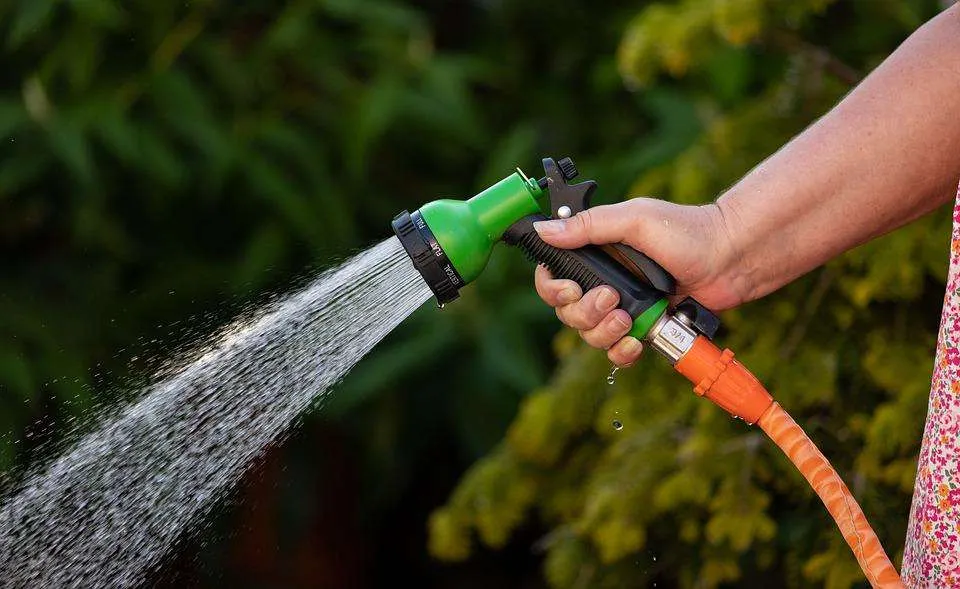
You can use your garden hose to fill up your fish aquarium, but you must take measures to keep your aquatic pets safe, alive, and healthy.
The following are safety measures to be observed if you’re considering using your garden hose to fill up your fish tank:
The quality of the water:
The most important thing needed for your fish aquarium is water. That’s the habitat of your fish.
You must consider the quality of the water you fill into your fish tank.
Here are some questions you must answer:
What is the source of the water? Is the water healthy and clean?
You should provide positive answers to the questions before filling your tank with the water.
Should you think the water is not suitable for keeping your pet healthy, don’t introduce it into your fish aquarium.
Using unclean water can be harmful to your water pet.
Filling an Aquarium using Garden hose:
This is the instrument through which you want to fill up your tank.
It is equally important that your garden hose is in a healthy condition.
As I said earlier, it’s OK to use your garden hose to fill your fish tank, but you must ensure your garden hose is also OK.
Before channeling your garden hose to your fish aquarium, it’s advisable to rinse out any form of impurity in your garden hose.
How do you do that, you ask?
You allow the water to run through the hose for some minutes before allowing it to flow into your tank. This method will ensure your garden hose is free of contaminants.
Moreover, you should ensure no stagnant water in your garden hose. Stagnant water in your garden hose is likely to amass toxic chemicals that can affect your water pets.
If you notice stagnant water in your garden hose, run lots of water through it before using it for your tank.
The rule for your garden hose is to ensure it’s in a safe condition before channeling it into your fish aquarium.
Always run a lot of water through the hose before channeling it to your tank.
From what Material is Your garden hose made?
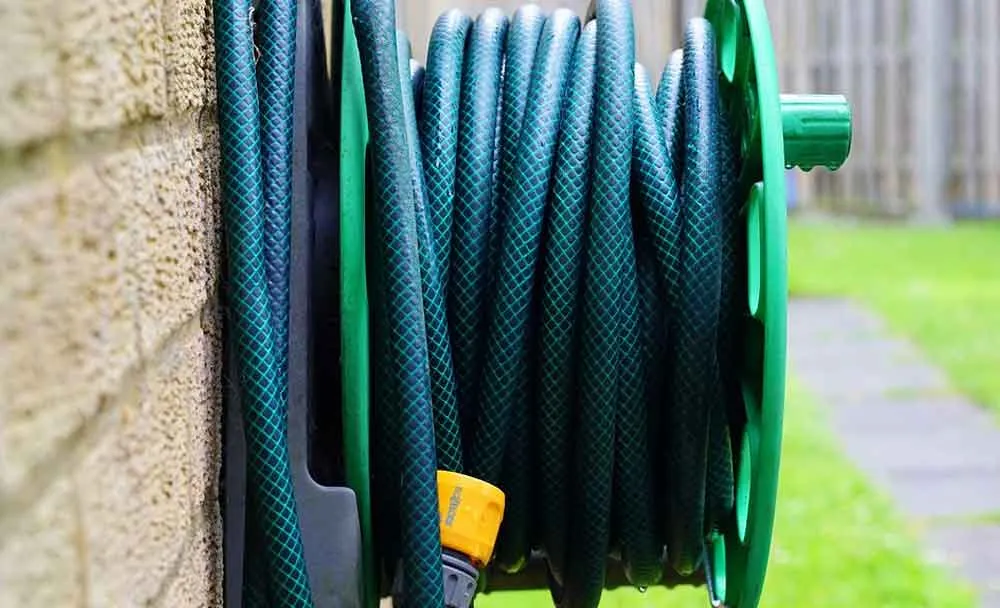
You’re asking why this matters. Yes, it matters, and you shouldn’t use just any kind of garden hose.
Some garden hoses are from materials that can endanger your water pets. It is advisable to stick to a garden hose made from rubber.
Avoid garden hoses made from materials such as PVC (which contains lead).
If you’re not sure if it’s a rubber garden hose, please don’t channel it into your fish aquarium.
Other measures to bear in mind:
- Don’t leave your garden hose under the sun for long.
Let me put it like this: do not use a garden hose that has been under the sun for a long time to fill your fish tank. - Ensure you test the water you intend to use for basic parameters, such as water pH, Nitrate, Ammonia, and hardness of the water.
Remember the importance of using high-quality water.
Note: any water with no chemicals in it is suitable for your water pets.
Conclusion
I’ll conclude this blog post by saying there are many ways to fill your fish aquarium that won’t harm your water pet(s) – using the garden hose is one of them. Just follow the safety measures outlined in this blog post.

